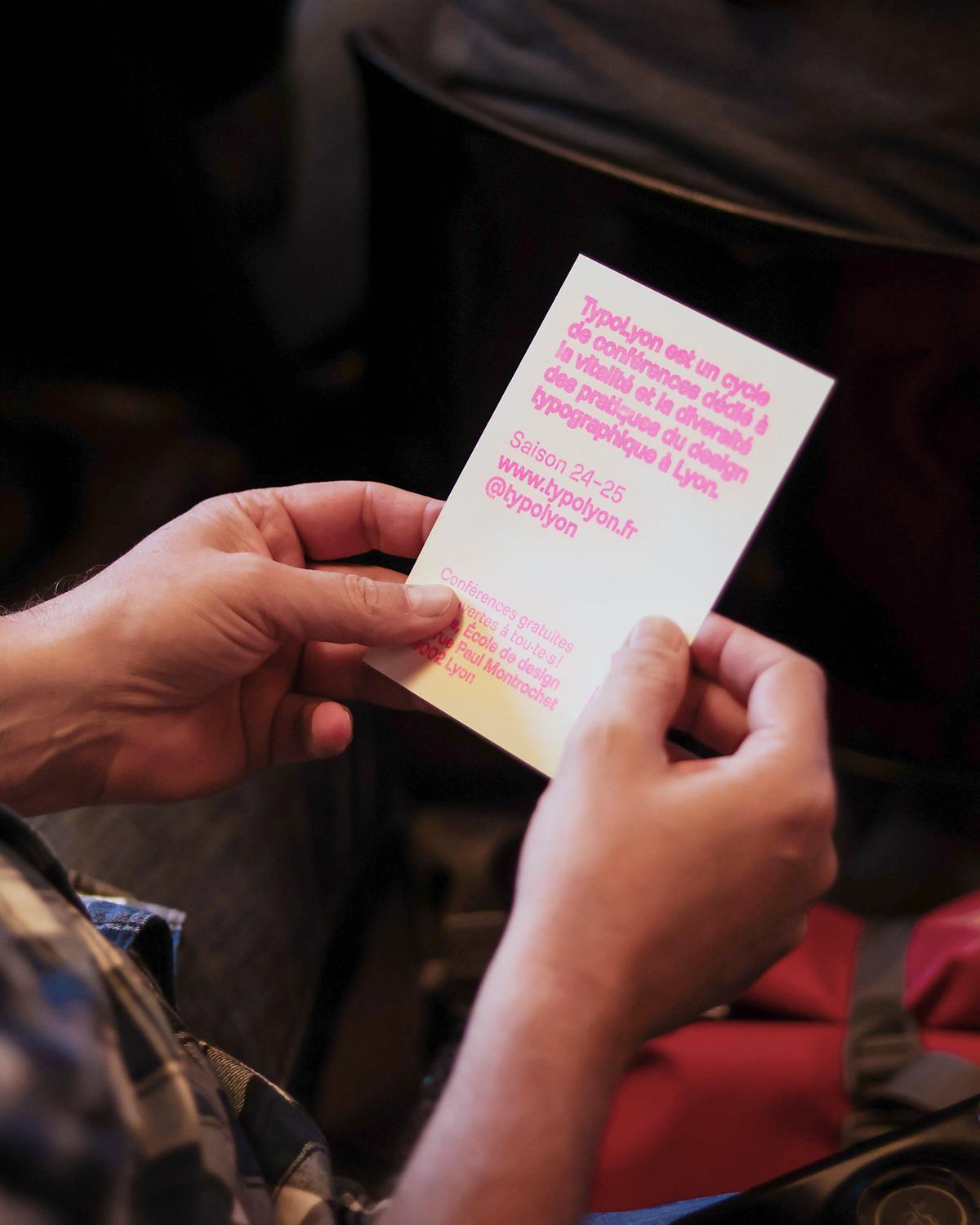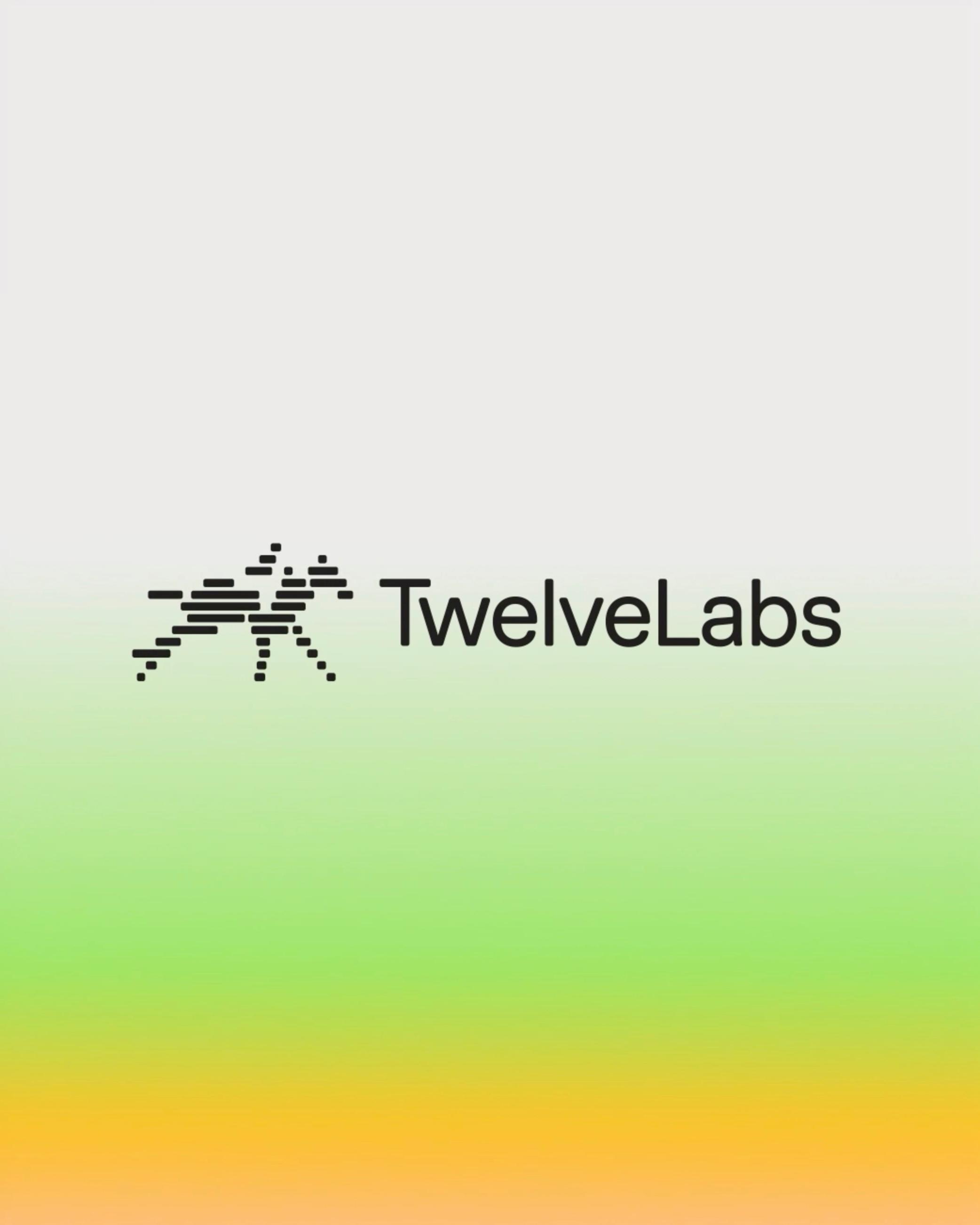Fonts In Use
Specimen
Although digital type design is rooted in conventions inherited from punch-cutting, which is based on designing outlines, the history of typography is filled with experiments that seek to challenge this model.
Designed by Tanguy Vanlaeys, the typeface Milling emerges from the CNC-Type research project, initiated in 2017 at the Atelier National de Recherche Typographique (ANRT, Nancy), to explore the specific nature of single-line typefaces and their relationship to Computer Numerical Control (CNC) machining. Unlike traditional typefaces, which require outlines or filled shapes, single-line fonts are distinguished by their uniform lines with no variation in thickness or outline, allowing them to be engraved or cut out by CNC machines with greater speed and precision.
Milling is therefore adapted to numerical machining but in no way limited to this use alone.
The typeface comes in three styles: Simplex, Duplex, and Triplex, with each developed according to an approach centered on the path of the tool. Unlike traditional methods of type design, which involve “sculpting” letterforms, Tanguy Vanlaeys designed the paths that guide the tool’s movement.
For the Simplex style, the thickness of the letters results from a single pass of the machine. In the Duplex and Triplex styles, the initial line is traced side by side two or three times, which allows for increased thickness, added contrast, and optical adjustments.
These three styles are available in several formats: SL, CAD, OT, and TP.
The SL (SingleLine) and CAD (Computer-Aided Design) formats are single-line files intended for CNC machines (see the user guide included in the specimen).
The OT (OpenType) version is designed for more conventional desktop publishing (DTP) use. The addition of outlines to the glyphs—from 0 to 1 mm for the Simplex and Duplex styles, and up to 5 mm for the Triplex style—provides Milling with a range of weights (sometimes pushing the limits of legibility) and a unique design.
The TP (Toolpath) version is also suited for conventional use, displaying the toolpath as contours across three levels.
Milling manages to meet the specific requirements of machining while simultaneously offering graphic designers extensive freedom to experiment across various mediums, including printing, engraving, pen plotting, and even laser cutting.
24 Styles
Simplex
Triplex
Duplex
3 Variables
Simplex
Triplex
OpenType Features
Character Map
2
Supported Languages
▼
- Abenaki
- Afaan Oromo
- Afar
- Afrikaans
- Albanian
- Alsatian
- Amis
- Anuta
- Aragonese
- Aranese
- Aromanian
- Arrernte
- Arvanitic
- Asturian
- Atayal
- Aymara
- Azerbaijani
- Bashkir
- Basque
- Belarusian
- Bemba
- Bikol
- Bislama
- Bosnian
- Breton
- Bulgarian Romanization
- Cape Verdean
- Catalan
- Cebuano
- Chamorro
- Chavacano
- Chichewa
- Chickasaw
- Chinese Pinyin
- Cimbrian
- Cofan
- Cornish
- Corsican
- Creek
- Crimean Tatar
- Croatian
- Czech
- Danish
- Dawan
- Delaware
- Dholuo
- Drehu
- Dutch
- English
- Esperanto
- Estonian
- Faroese
- Fijian
- Filipino
- Finnish
- Folkspraak
- French
- Frisian
- Friulian
- Gagauz
- Galician
- Ganda
- Genoese
- German
- Gikuyu
- Gooniyandi
- Greenlandic
- Greenlandic Old Orthography
- Guadeloupean
- Gwichin
- Haitian Creole
- Han
- Hawaiian
- Hiligaynon
- Hopi
- Hotcak
- Hungarian
- Icelandic
- Ido
- Igbo
- Ilocano
- Indonesian
- Interglossa
- Interlingua
- Irish
- Istroromanian
- Italian
- Jamaican
- Javanese
- Jerriais
- Kaingang
- Kala Lagaw Ya
- Kapampangan
- Kaqchikel
- Karakalpak
- Karelian
- Kashubian
- Kikongo
- Kinyarwanda
- Kiribati
- Kirundi
- Klingon
- Kurdish
- Ladin
- Latin
- Latino Sine
- Latvian
- Lithuanian
- Lojban
- Lombard
- Low Saxon
- Luxembourgish
- Maasai
- Makhuwa
- Malay
- Maltese
- Manx
- Maori
- Marquesan
- Meglenoromanian
- Meriam Mir
- Mirandese
- Mohawk
- Moldovan
- Montagnais
- Montenegrin
- Murrinhpatha
- Nagamese Creole
- Nahuatl
- Ndebele
- Neapolitan
- Ngiyambaa
- Niuean
- Noongar
- Norwegian
- Novial
- Occidental
- Occitan
- Oshiwambo
- Ossetian
- Palauan
- Papiamento
- Piedmontese
- Polish
- Portuguese
- Potawatomi
- Qeqchi
- Quechua
- Rarotongan
- Romanian
- Romansh
- Rotokas
- Sami Inari
- Sami Lule
- Sami Northern
- Sami Southern
- Samoan
- Sango
- Saramaccan
- Sardinian
- Scottish Gaelic
- Serbian
- Seri
- Seychellois
- Shawnee
- Shona
- Sicilian
- Silesian
- Slovak
- Slovenian
- Slovio
- Somali
- Sorbian Lower
- Sorbian Upper
- Sotho Northern
- Sotho Southern
- Spanish
- Sranan
- Sundanese
- Swahili
- Swazi
- Swedish
- Tagalog
- Tahitian
- Tetum
- Tok Pisin
- Tokelauan
- Tongan
- Tshiluba
- Tsonga
- Tswana
- Tumbuka
- Turkish
- Turkmen
- Tuvaluan
- Tzotzil
- Uzbek
- Venetian
- Vepsian
- Volapuk
- Voro
- Wallisian
- Walloon
- Waraywaray
- Warlpiri
- Wayuu
- Welsh
- Wikmungkan
- Wiradjuri
- Wolof
- Xavante
- Xhosa
- Yapese
- Yindjibarndi
- Zapotec
- Zazaki
- Zulu
- Zuni



